When John first installed LED neon flex lights on his outdoor patio, he was mesmerized by their vibrant glow and flexibility. However, those once-brilliant lights had dimmed within a year, leaving him puzzled and frustrated. Understanding how to make LED neon flex lights last longer can save you from similar disappointment and keep your spaces illuminated brilliantly.
The longevity of LED neon flex lights is not just about avoiding the hassle of replacements; it’s also about cost-efficiency and sustainability. Did you know that a well-maintained LED neon flex light can last up to 50,000 hours, significantly longer than traditional lighting solutions? This statistic highlights the importance of proper care and usage in extending the life of your lights.
In this comprehensive guide, we will delve into practical tips and techniques to enhance the lifespan of your LED neon flex lights. We’ll cover everything you need to know, from proper installation methods to smart usage practices. So, let’s begin the journey to brighter and longer-lasting LED neon flex lights!
What Are LED Neon Flex Lights?
An Overview of LED Neon Flex Lights
LED neon flex lights are flexible, durable lighting solutions that emulate the appearance of traditional neon lights but use energy-efficient LED technology. These lights are known for their versatility, allowing for creative applications in various settings, from commercial signage to residential décor.
LED neon flex lights offer numerous benefits, including flexibility, durability, and energy efficiency. Their flexibility allows them to be bent and shaped to fit intricate designs and applications. They also resist harsh weather conditions and have a long operational life. The energy efficiency of LEDs results in lower electricity bills and a reduced carbon footprint. Additionally, they provide bright, consistent lighting with various color options, making them suitable for decorative and functional uses.
These lights are commonly used in advertising, retail displays, architectural lighting, and interior design. Their ability to create vibrant and eye-catching displays makes them popular for businesses looking to attract attention. They are also used in homes to create unique lighting effects in living rooms, bedrooms, and outdoor spaces.
The Importance of Longevity in LED Neon Flex Lights
Longevity in LED neon flex lights is essential for maximizing return on investment and ensuring sustainable usage. Long-lasting lights mean fewer replacements and less frequent maintenance, leading to cost savings over time.
Investing in long-lasting LED neon flex lights reduces the frequency of replacements and repairs. This saves money on new lights and minimizes the labor costs associated with maintenance. Their extended lifespan and lower operational costs offset the initial higher cost of quality LED lights.
Long-lasting LED lights contribute to environmental sustainability by reducing waste and lowering energy consumption. Fewer replacements mean less waste in landfills, and the energy efficiency of LEDs results in lower greenhouse gas emissions from power plants.
Choosing the Right LED Neon Flex Lights
When choosing LED neon flex lights, prioritizing quality over price ensures a better long-term investment. High-quality lights may cost more upfront, but their durability and performance justify the expense.
How to Identify High-Quality Products
Look for products with high-grade materials, robust construction, and reliable brand reputation. Check for certifications and standards compliance, which indicate the product has undergone rigorous testing for quality and safety.
Comparing Different Brands
Research and compare various brands, considering factors like product reviews, warranties, and customer service. Brands with a reliability and positive feedback history will likely offer better-quality products.
Proper Installation Techniques
Proper installation is vital for LED neon flex lights’ optimal performance and longevity. Incorrect installation can lead to premature failure, safety hazards, and reduced efficiency.
Instrukcja instalacji krok po kroku
- Plan your layout and measure the installation area.
- Cut the LED neon flex lights to the required length.
- Attach the mounting clips or channels securely.
- Connect the power supply and controllers.
- Test the lights before the final installation.
- Secure all connections and ensure everything is properly insulated.
Common Installation Mistakes to Avoid
Avoid over-bending the lights, which can damage the internal components. Ensure all connections are secure to prevent short circuits. Use the correct power supply to avoid overloading the system.
Ensuring Proper Power Supply
The appropriate power supply is critical for safe and efficient LED neon flex lights operation. The power supply must match the voltage and current requirements of the lights.
Understanding Voltage and Current Requirements
Check the voltage rating of the LED neon flex lights and ensure the power supply provides a consistent and adequate output. The current rating should also match to prevent overloading and overheating.
Avoiding Overloading and Underpowering
Overloading the power supply can lead to overheating and failure, while underpowering can result in dim lighting and inefficiency. Use a power supply with a slightly higher capacity than required to ensure stable performance.
Effective Heat Management
Heat management is crucial for maintaining the performance and longevity of LED lights. Excessive heat can degrade the LED components, reducing brightness and shorter lifespan.
Tips for Proper Heat Dissipation
Ensure adequate ventilation around the lights to dissipate heat. Use aluminum or other heat-conductive materials for mounting to help transfer heat away from the LEDs. Avoid enclosing the lights in tight spaces without airflow.
Using Heat Sinks and Thermal Paste
Heat sinks and thermal paste can be used to enhance heat dissipation. Apply thermal paste between the LED and the heat sink to improve thermal conductivity and prevent overheating.
Environmental Considerations
LED neon flex lights are designed for indoor and outdoor use, but different considerations apply. Outdoor lights must be weather-resistant and capable of withstanding temperature fluctuations and moisture.
Protecting LED Neon Flex Lights from Elements
Use weatherproof enclosures and seals to protect outdoor lights from rain, snow, and humidity. Ensure all connections are waterproof to prevent short circuits and corrosion.
Ensuring Adequate Ventilation
Proper ventilation is essential for both indoor and outdoor installations. Ensure the lights have enough airflow to dissipate heat and prevent overheating, which can shorten their lifespan.
Regular Maintenance and Cleaning
Regular maintenance ensures the lights remain in optimal condition and extend their operational life. It also helps identify and address potential issues before they lead to failure.
Safe Cleaning Practices
Clean the lights with a soft, dry cloth to remove dust and debris. Avoid using harsh chemicals or abrasive materials that can damage the surface and components of the lights.
Identifying Signs of Wear and Tear
Regularly inspect the lights for signs of wear and tear, such as discoloration, flickering, or dimming. Early detection of these issues allows for timely repairs or replacements, preventing further damage.
Avoiding Common Mistakes
Improper installation is a frequent cause of premature failure in LED neon flex lights. The following are some of the most common mistakes to avoid:
- Overbending the Lights: LED neon flex lights are designed to be flexible, but excessive bending can damage the internal components. It’s essential to follow the manufacturer’s guidelines on the minimum bending radius to prevent breakage.
- Incorrect Power Supply Connections: Using the wrong power supply or incorrect wiring can lead to electrical issues, causing the lights to flicker or fail. Ensure you match the power supply’s voltage and current specifications with the LED lights.
- Inadequate Mounting: Poor mounting can lead to the lights falling, getting damaged, or not illuminating evenly. Use appropriate mounting clips or channels designed to hold the lights in place securely.
By paying attention to these details during installation, you can significantly reduce the risk of early failures and extend the life of your LED neon flex lights.
Usage Mistakes That Reduce Lifespan
Using LED neon flex lights improperly can drastically shorten their lifespan. Here are some common usage mistakes to avoid:
- Excessive On/Off Cycling: Frequently turning the lights on and off can cause stress on the LED components. It’s better to leave the lights on for longer rather than repeatedly switching them on and off.
- Exposure to Extreme Temperatures: LED lights are sensitive to temperature extremes. Too much heat can cause the LEDs to overheat and fail, while too much cold can make them brittle and prone to breakage. Always install them in environments within their specified operating temperature range.
Overloading the Power Supply: Using a power supply that can’t handle the total wattage of your lights can lead to overheating and failure. Ensure your power supply has enough capacity to handle the total load of your LED setup.
How to Correct These Mistakes
If you notice any of the above mistakes, it’s crucial to correct them promptly to prevent further damage:
- Recheck Installation: Review the installation guidelines and make sure the lights are not over-bent, and all connections are secure.
- Ensure Proper Power Supply: Verify that the power supply matches your LED lights’ voltage and current requirements. Replace it if necessary.
- Adjust Usage Practices: Modify how you use the lights to avoid frequent on/off cycles and ensure they are not exposed to extreme temperatures.
Smart Usage Practices
Limiting Usage Hours
To maximize the lifespan of your LED neon flex lights, limiting their usage hours is important. Use the lights only when necessary and turn them off when not in use. Consider the following tips:
- Strategic Lighting: Use the lights strategically to highlight key areas rather than keeping them on continuously.
- Automated Controls: Implement automated lighting controls such as timers or motion sensors to manage usage efficiently.
Avoiding Frequent On/Off Cycles
Frequent switching on and off can place undue stress on LED components, leading to premature failure. To avoid this:
- Continuous Use: When possible, keep the lights on for extended periods instead of turning them off and on frequently.
- Dimming Options: Instead of turning the lights off completely, use dimmers to reduce the brightness when full illumination is not needed.
Using Timers and Controllers
Timers and controllers are excellent tools for optimizing the usage of LED neon flex lights:
- Timers: Set timers to turn the lights on and off at specific times, ensuring they are used only when necessary.
- Smart Controllers: Invest in smart controllers that allow you to schedule lighting times and adjust brightness levels remotely. This helps maintain a consistent usage pattern and extends the life of your lights.
Upgrading and Replacing Components
Upgrade components when they show signs of wear or when newer, more efficient parts become available. Regular upgrades can enhance performance and extend the lifespan of your lights.
Purchase replacement components from reputable suppliers to ensure compatibility and quality. Verify that the components meet the specifications of your existing LED lights.
Follow safety protocols when replacing components. Disconnect the power supply, handle components carefully, and ensure all connections are secure before powering the lights back on.
Rozwiązywanie typowych problemów
Identifying and Fixing Flickering
Flickering in LED neon flex lights can be caused by several factors:
- Poor Connections: Check all connections to ensure they are secure. Loose connections can cause intermittent power supply, leading to flickering.
- Faulty Power Supply: A failing power supply can cause the lights to flicker. Test the power supply and replace it if necessary.
- Incompatible Dimmers: Ensure that your dimmers are compatible with your LED lights. Incompatibility can cause flickering.
Addressing Dimmed Lights
If your LED neon flex lights appear dimmer than usual, consider these potential causes and solutions:
- Voltage Drops: Check for voltage drops along the length of the lights. This can happen if the power supply is inadequate or the wiring needs to be longer. Use a power supply with sufficient capacity and minimize the length of wiring runs.
- Heat Dissipation: Ensure the lights have proper ventilation. Overheating can cause LEDs to dim over time. Improve airflow around the lights and consider using heat sinks if necessary.
Recognizing Electrical Issues
Electrical issues such as short circuits or loose connections can lead to malfunctioning lights. To prevent these problems:
- Regular Inspections: Conduct regular inspections of the wiring and connections. Look for any signs of wear or damage.
- Secure Connections: Make sure all connections are tight and secure. Loose connections can cause intermittent power supply and damage the lights.
Future Trends in LED Neon Flex Lights
Stay updated on the latest advancements in LED technology that promise improved efficiency, longevity, and performance. Innovations such as smarter controls and more robust materials are shaping the future of LED lighting.
Predict how ongoing research and development will enhance the lifespan of LED neon flex lights. Future improvements include better heat management, more efficient power supplies, and advanced materials.
Explore emerging trends in LED lighting, such as integration with smart home systems, energy harvesting technologies, and sustainable materials. These trends are likely to influence the longevity and efficiency of LED lights.
Najczęściej zadawane pytania
Q: How can I extend the lifespan of my LED neon flex lights?
A: To extend the lifespan of your LED neon flex lights, ensure proper installation, use the correct power supply, and manage heat effectively. Regular maintenance, avoiding frequent on/off cycles, and using dimmers can also help. Additionally, choose high-quality lights from reputable brands.
Q: What common installation mistakes do you avoid with LED neon flex lights?
A: Common installation mistakes include over-bending the lights, using an incorrect power supply, and failing to secure connections properly. These errors can lead to premature failure and reduced efficiency. Follow the manufacturer’s installation guidelines closely to avoid these pitfalls.
Q: How does proper heat management affect LED neon flex lights?
A: Proper heat management is crucial as excessive heat can degrade LED components, reducing brightness and lifespan. Ensure adequate ventilation, use heat sinks, and apply thermal paste to enhance heat dissipation and maintain optimal performance.
Q: What should I consider when choosing a power supply for my LED neon flex lights?
A: When selecting a power supply, ensure it matches your lights’ voltage and current requirements. Avoid overloading or underpowering, as both can lead to inefficiency and potential damage. A slightly higher capacity power supply can ensure stable performance.
Q: How often should I clean and maintain my LED neon flex lights?
A: Regular maintenance is key to prolonging the life of your lights. Clean them with a soft, dry cloth to remove dust and debris. Inspect for signs of wear and tear, such as discoloration or dimming, and address issues promptly to prevent further damage.
Q: Can using dimmers and controllers help extend the life of LED neon flex lights?
A: Yes, dimmers and controllers can help manage brightness levels, reducing stress on the LED components. This can enhance energy efficiency and extend the lifespan of your lights by preventing overheating and excessive power usage.
Q: What are the benefits of investing in high-quality LED neon flex lights?
A: High-quality LED neon flex lights offer better durability, performance, and longevity. Though they may have a higher upfront cost, their extended lifespan and lower operational costs make them a cost-effective choice in the long run.
Q: How do I identify high-quality LED neon flex lights?
A: Look for lights with high-grade materials, robust construction, and a reliable brand reputation. Check for certifications and standards compliance, which indicate rigorous testing for quality and safety. Research product reviews and compare different brands.
Q: What are the environmental benefits of using long-lasting LED neon flex lights?
A: Long-lasting LED lights reduce waste by minimizing the frequency of replacements. Their energy efficiency lowers greenhouse gas emissions from power plants, contributing to a smaller carbon footprint and promoting environmental sustainability.
Q: Why do LED neon flex lights sometimes flicker, and how can I fix it?
A: Flickering can result from poor connections, a faulty power supply, or incompatible dimmers. To fix it, ensure all connections are secure, check the power supply, and use compatible dimmers. Regular maintenance can help identify and address these issues early.
Wnioski
In conclusion, investing in high-quality LED neon flex lights and adhering to best practices for installation, maintenance, and usage can significantly extend their lifespan. Implementing these strategies ensures optimal performance and enhances the cost-effectiveness and sustainability of your lighting solutions. Regular maintenance, proper power supply, and smart usage practices are key to maximizing the longevity of your LED lights.
For top-tier products and exceptional expertise, trust Unitop, one of China’s leading Taśmy LED oraz Elastyczny neon LED manufacturers. Unitop’s commitment to innovation and quality ensures you receive the best lighting solutions tailored to your needs. For further questions or specific requirements, skontaktuj się z nami immediately. Illuminate your world with Unitop’s reliable, long-lasting LED lighting solutions.

Tom jest obecnie kierownikiem sprzedaży w Unitop (China) Co., Limited. Był w Oświetlenie LED od 2005 roku. Jest ekspertem w dziedzinie sprzedaży i marketingu oraz zarządzania fabryką. Lubi kulturystykę, a także jest szalonym fanem Apple! Jest ciężko pracującym facetem i uwielbia uczyć się i próbować nowych rzeczy.
E-mail: tom@unitopledstrip.com WhatsApp: +86-18680307140

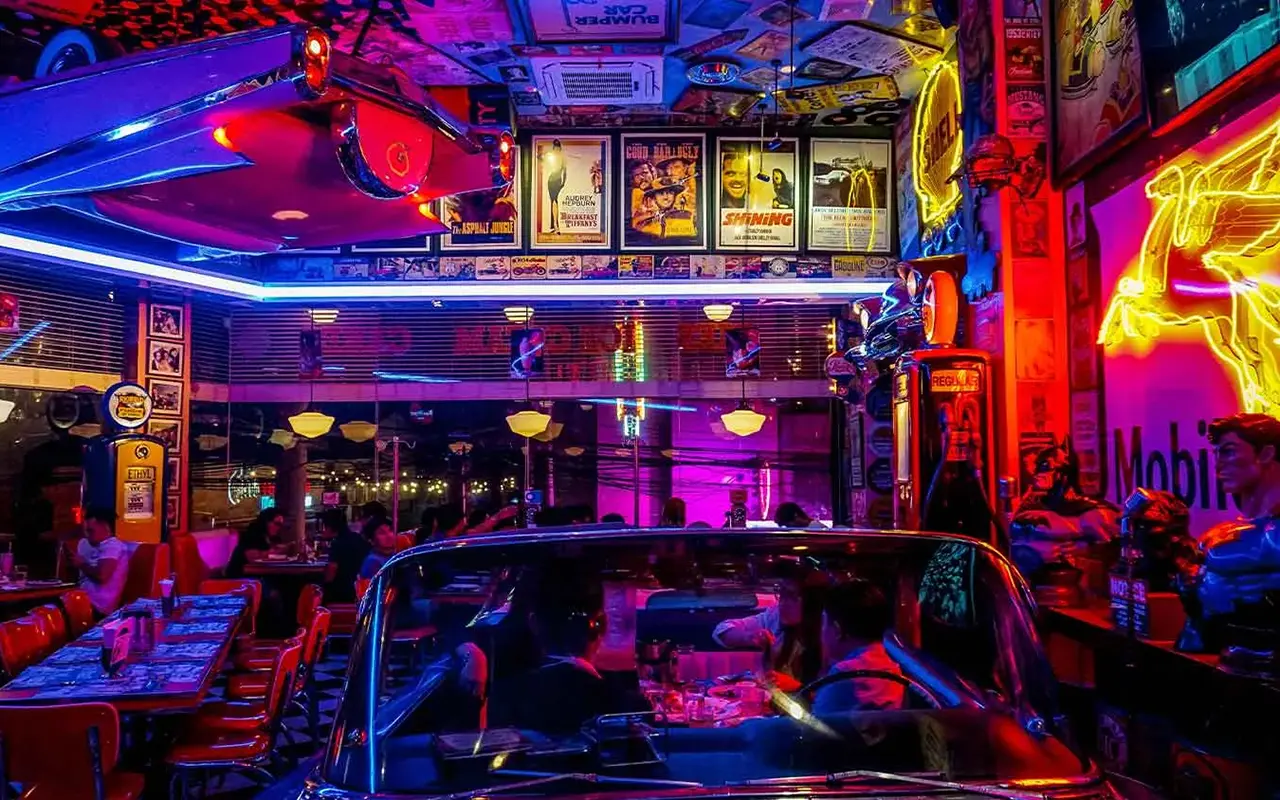
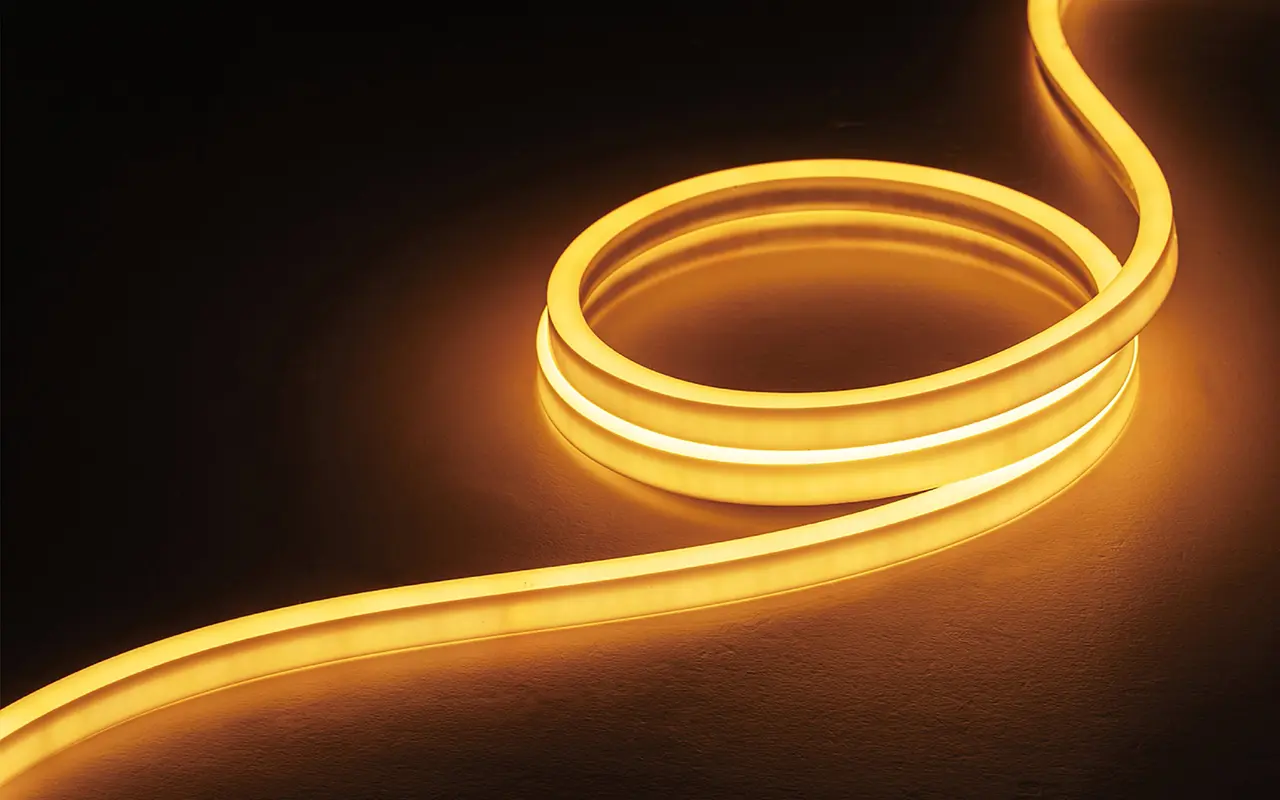
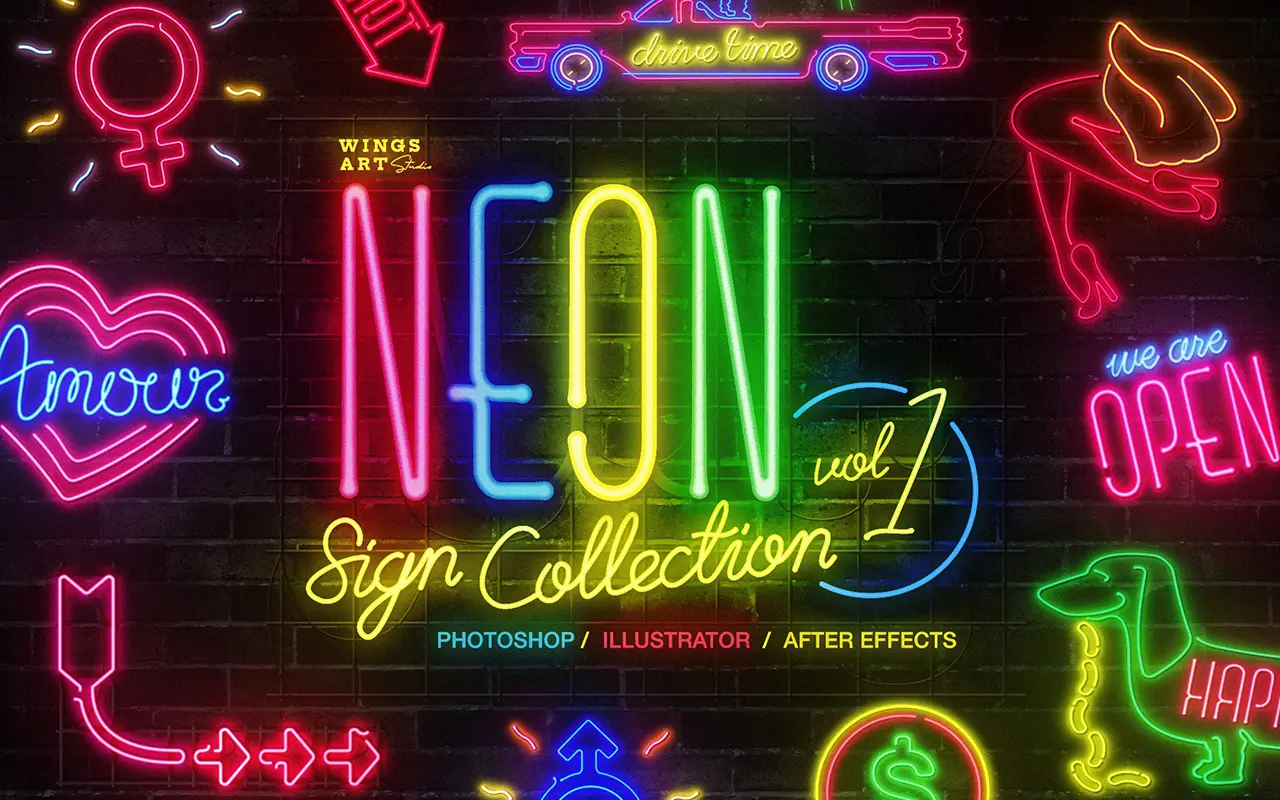
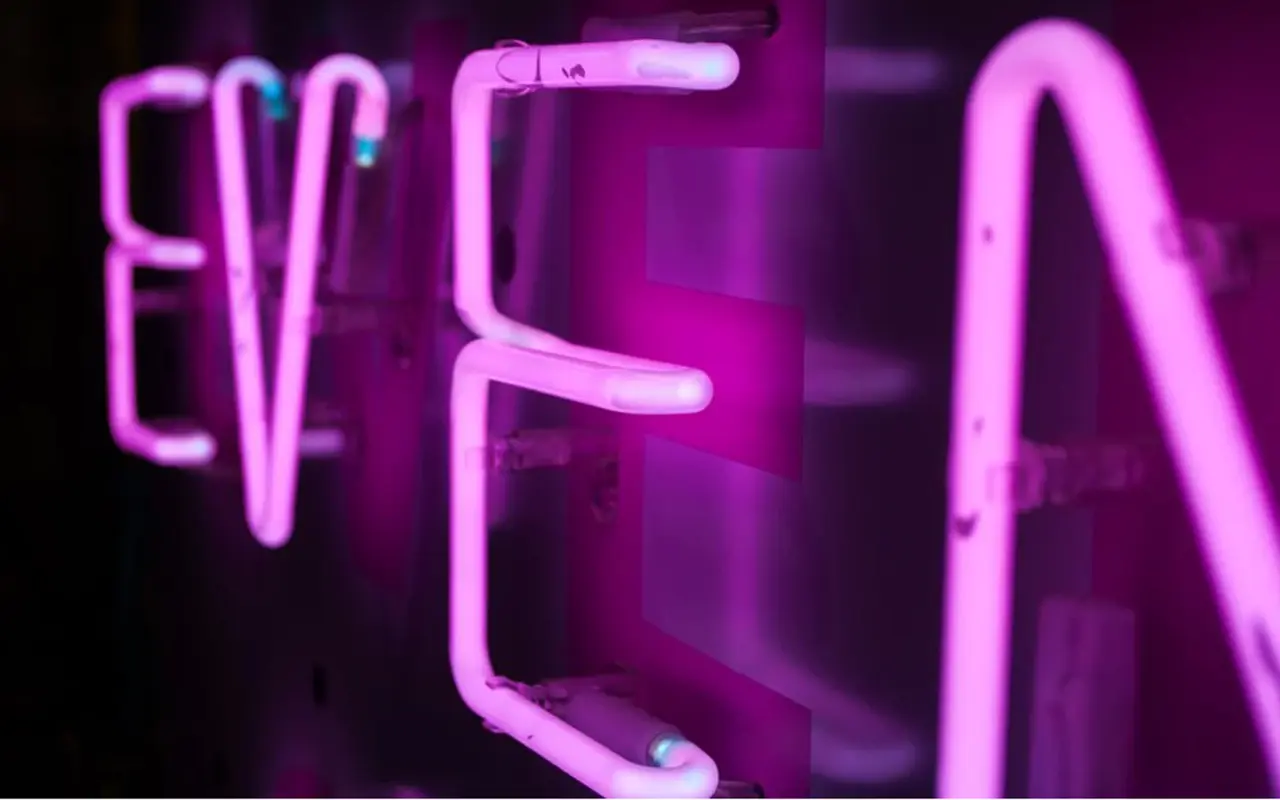
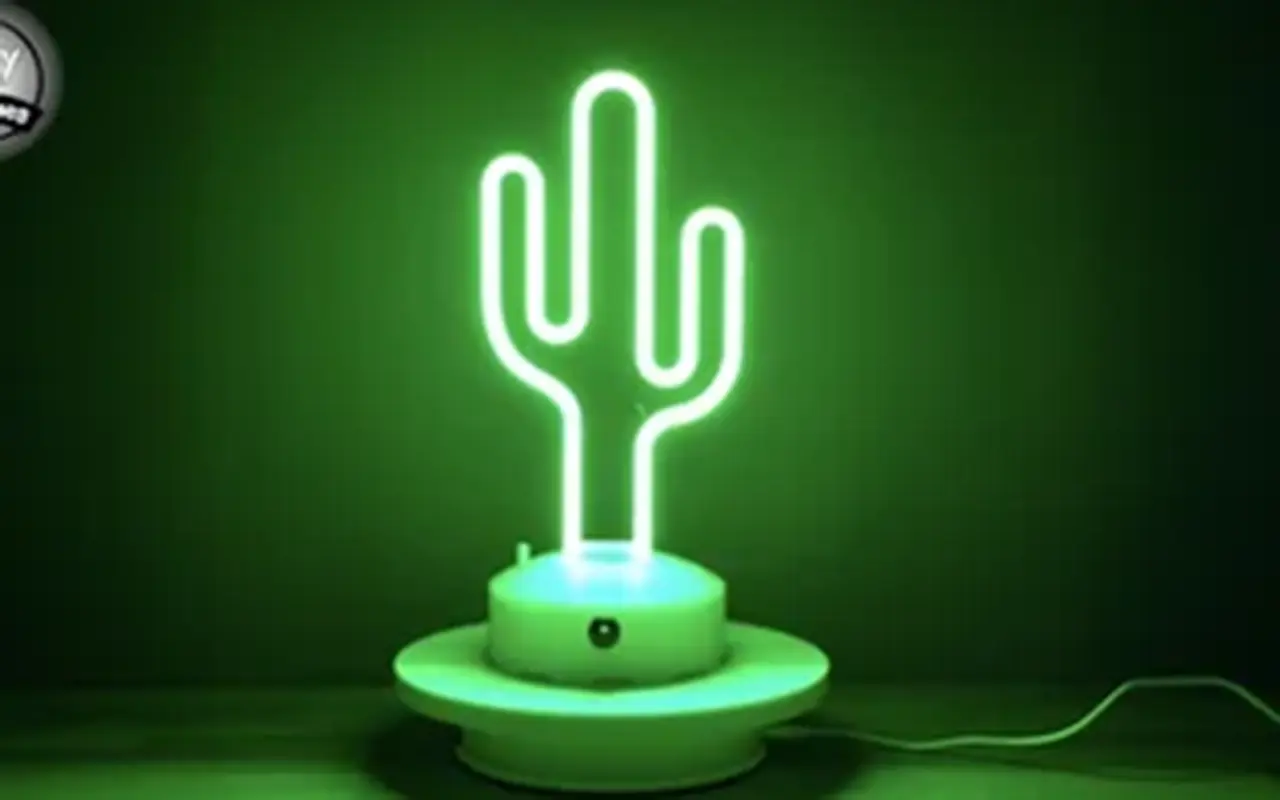
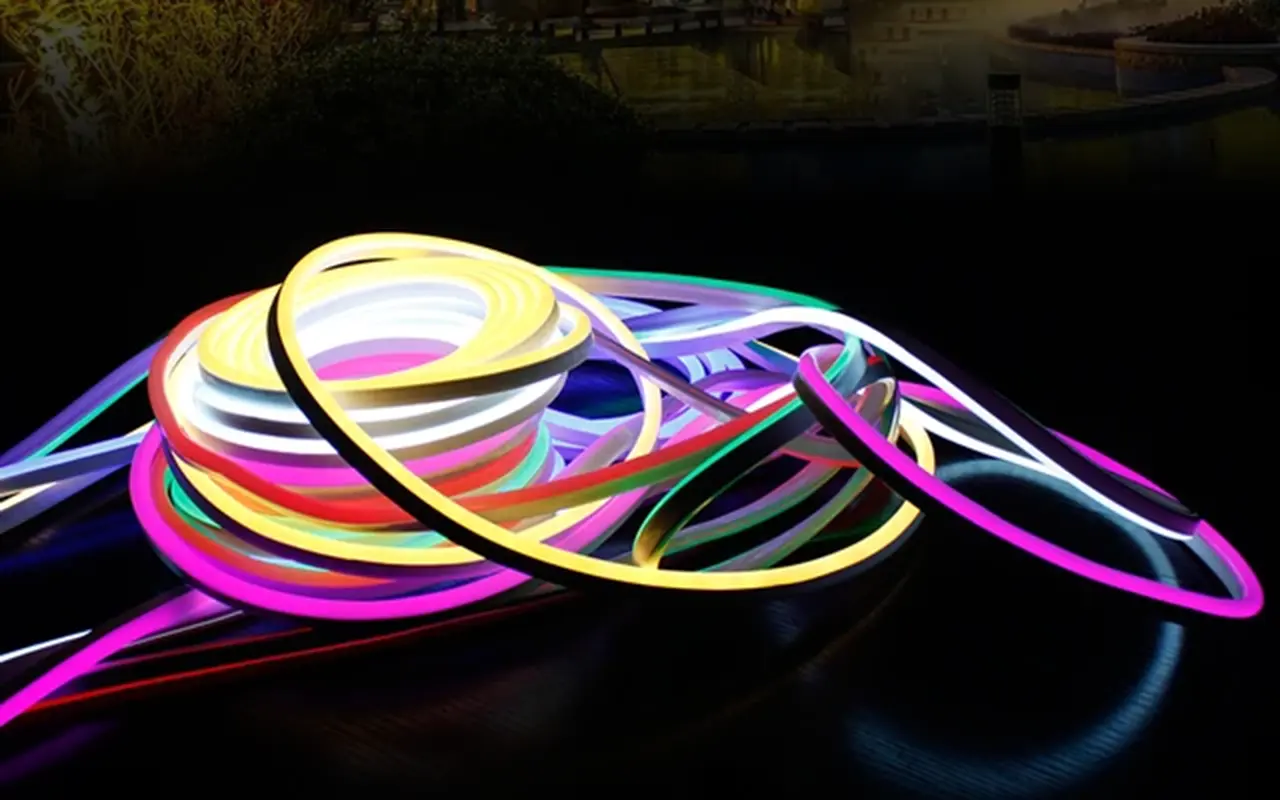
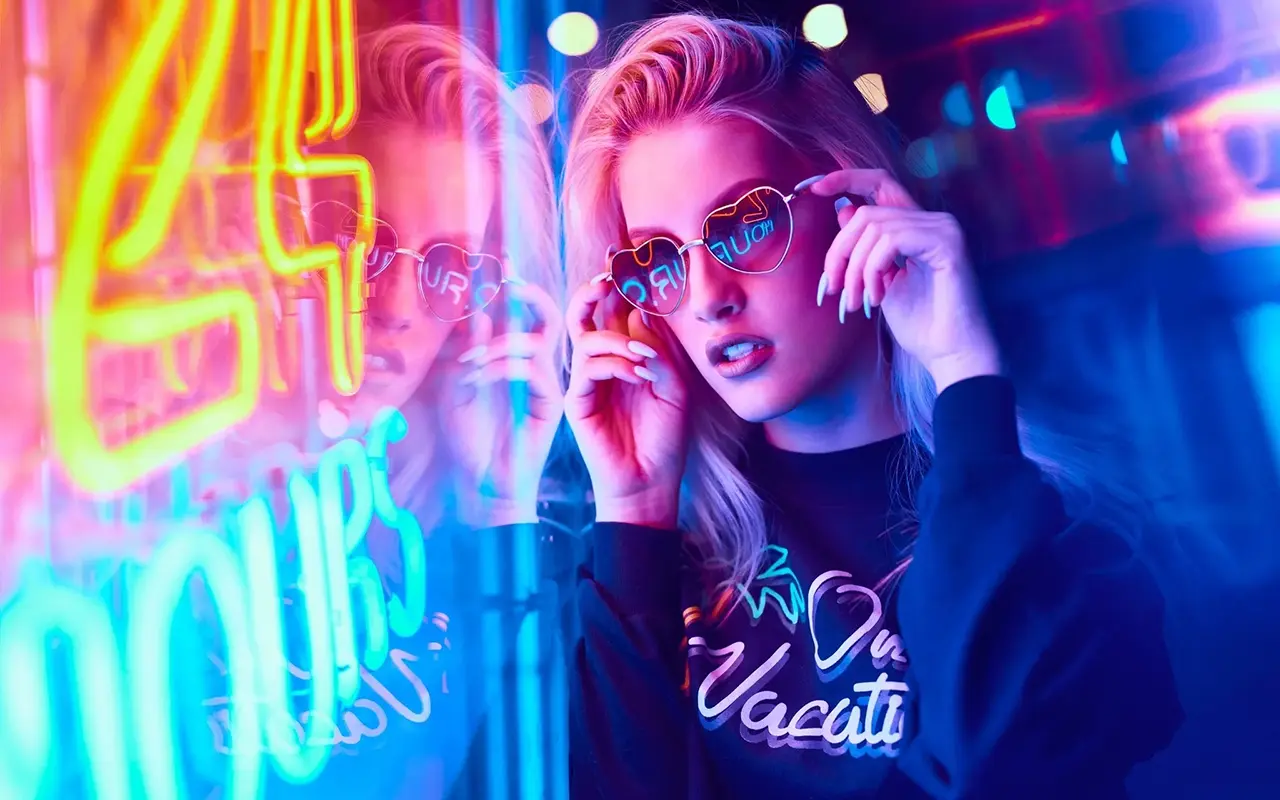
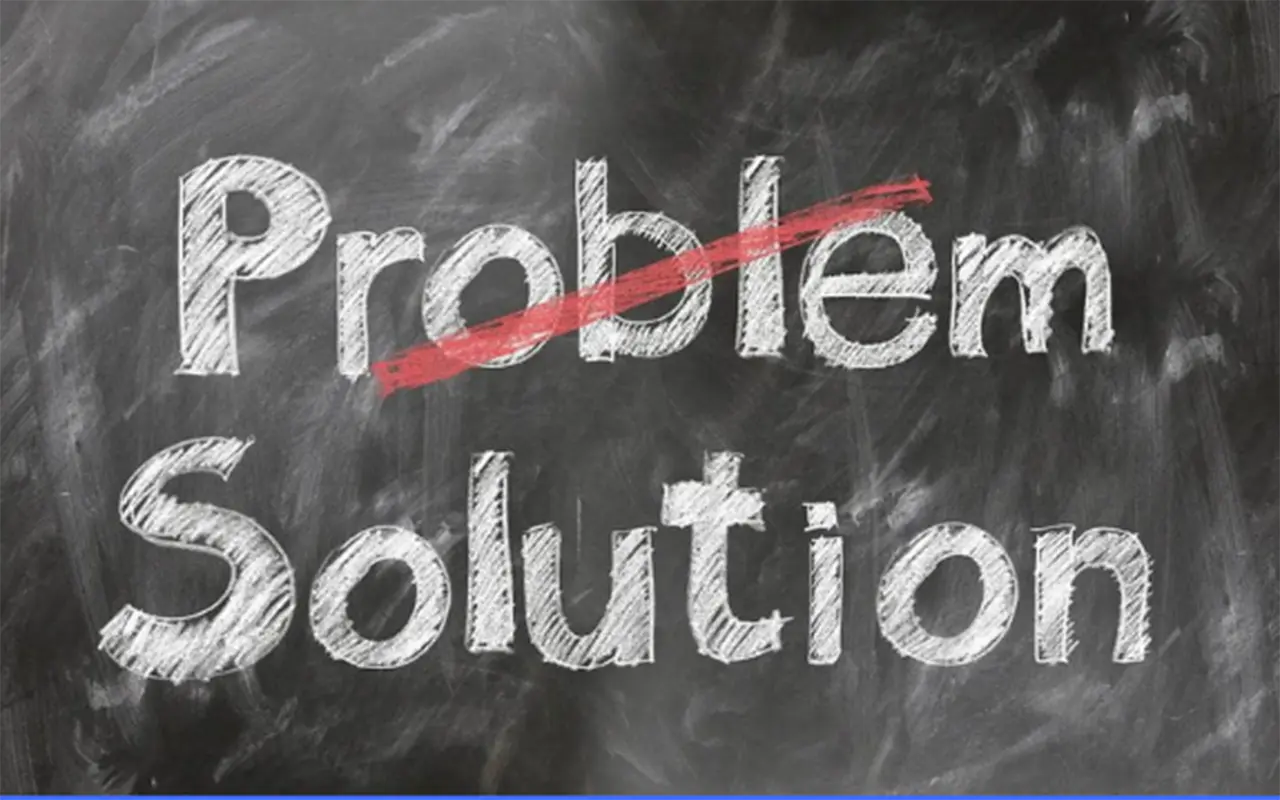

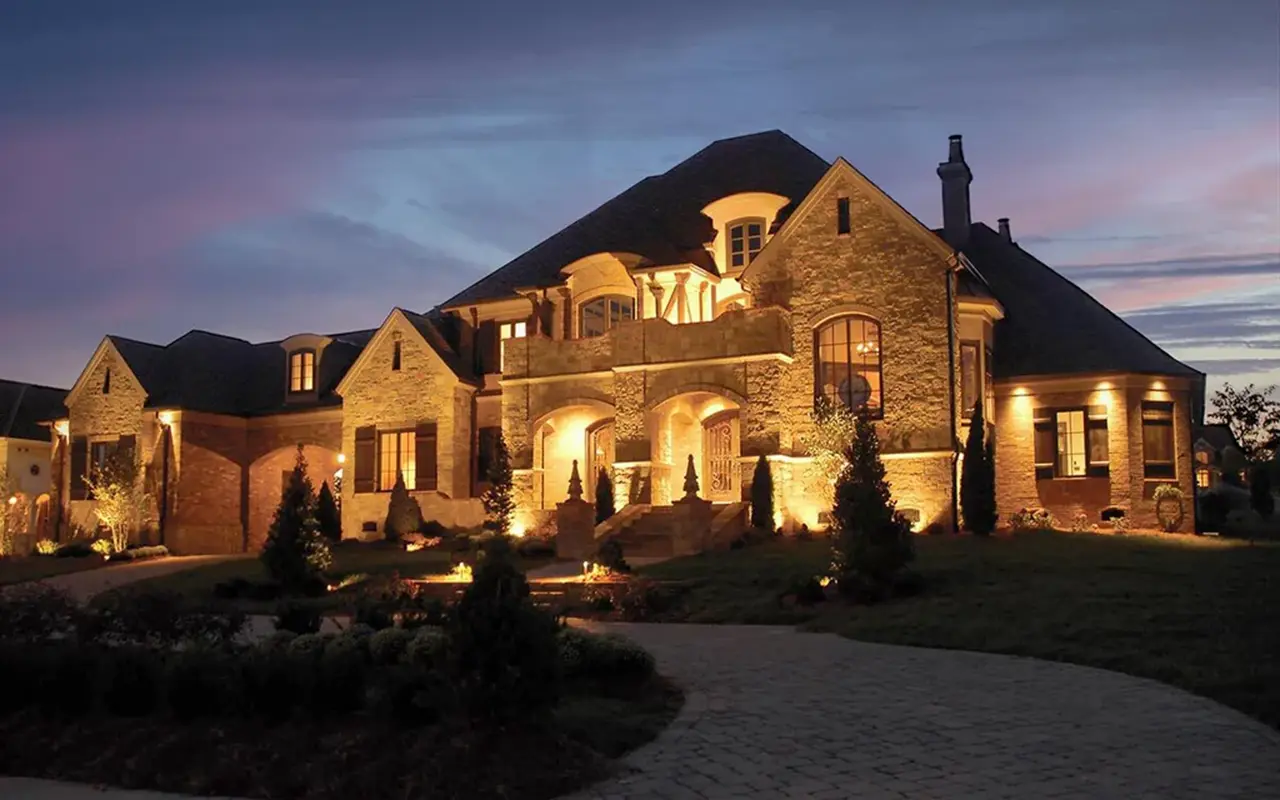
Dodaj komentarz
Chcesz się przyłączyć do dyskusji?Zapraszamy do udziału!